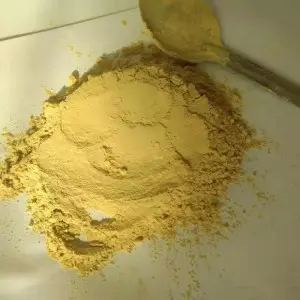Aug . 17, 2024 11:30 Back to list
Effective Fruit Tree Protection with Innovative Bagging Solutions
The Benefits and Uses of Fruit Tree Bagging Products
Fruit tree bagging products have become increasingly popular among gardeners and orchardists looking to protect their fruits from pests and diseases while promoting healthy growth. These specialized bags are designed to cover the developing fruits, providing a physical barrier against various environmental threats. In this article, we will explore the many benefits of fruit tree bagging and how these products can enhance the quality and yield of your fruit trees.
One of the primary advantages of using fruit tree bags is the protection they offer against pests. Many fruits are susceptible to damage from insects, such as apple maggots, fruit flies, and various beetles. By enclosing developing fruits in protective bags, gardeners can significantly reduce the likelihood of pest infestations. This not only helps in safeguarding the fruit but also minimizes the need for chemical pesticides, promoting a more organic approach to fruit cultivation.
In addition to pest protection, fruit tree bags serve as a barrier against diseases. Fungal infections, such as powdery mildew and fruit rot, can devastate a harvest if not controlled. The bagging process helps keep moisture away from the fruit surface and provides ventilation to reduce humidity levels, thereby lowering the risk of fungal diseases. This is particularly beneficial during rainy seasons or in climates with high humidity, where disease pressure tends to be more significant.
Moreover, fruit tree bags can assist in improving the overall quality of the fruit. When fruits are bagged, they are shaded from direct sunlight, which can help in maintaining their color and preventing sunburn. This is especially important for fruits that are sensitive to excessive exposure to sunlight. The bags also create a microclimate around the fruit, allowing it to mature more evenly and often resulting in a sweeter, tastier product. As a result, harvested fruits tend to be of higher quality, ensuring better market value for commercial growers and satisfying home gardeners alike.
fruit tree bagging products

Another significant benefit of fruit tree bagging is that it can help in reducing fruit drop. Many fruit trees naturally shed some of their fruits as part of their growth process, but bagging can stabilize this process. By providing a controlled environment, the bags help support the developing fruits, promoting stronger attachment to the tree. This can lead to improved yields and a more fruitful harvest overall.
Using fruit tree bagging products is also a straightforward process. The bags are typically made of lightweight, breathable materials that allow for air circulation while providing protection from external elements. They are easy to apply and can be placed on fruits once they reach a certain size, usually after the pollination period. Many growers find that with a bit of practice, bagging their fruit trees becomes a quick and efficient task.
Additionally, eco-friendly options are available on the market now. Many manufacturers produce biodegradable fruit bags, ensuring that the environmental impact is minimal. This is an important consideration for environmentally conscious growers who want to maintain sustainable practices in their orchards.
In conclusion, fruit tree bagging products offer a multitude of benefits, from pest and disease protection to improved fruit quality and increased yields. As more gardeners and orchardists discover the advantages of these products, they are becoming an essential tool in sustainable fruit cultivation. Whether you are growing apples, pears, or any other type of fruit, investing in fruit tree bags is a proactive step toward achieving a healthier and more productive harvest. With the right application, you’ll be well on your way to enjoying the fruits of your labor—quite literally!
-
AI-Powered Plant Pollen Analysis Using GPT-4 Turbo
NewsAug.03,2025
-
Plant Pollen Analysis: Fast & Accurate with GPT-4 Turbo
NewsAug.02,2025
-
KiwiPollen with GPT-4 Turbo: AI Health Supplement Boost
NewsAug.01,2025
-
Pollen Peach Tree AI Management with GPT-4-Turbo
NewsJul.31,2025
-
Eco Fruit Paper Bags for Peak Freshness | Durability Focused
NewsJul.31,2025
-
Pollen Peach Tree for Pure Pollination and High-Quality Peach Pollen
NewsJul.30,2025